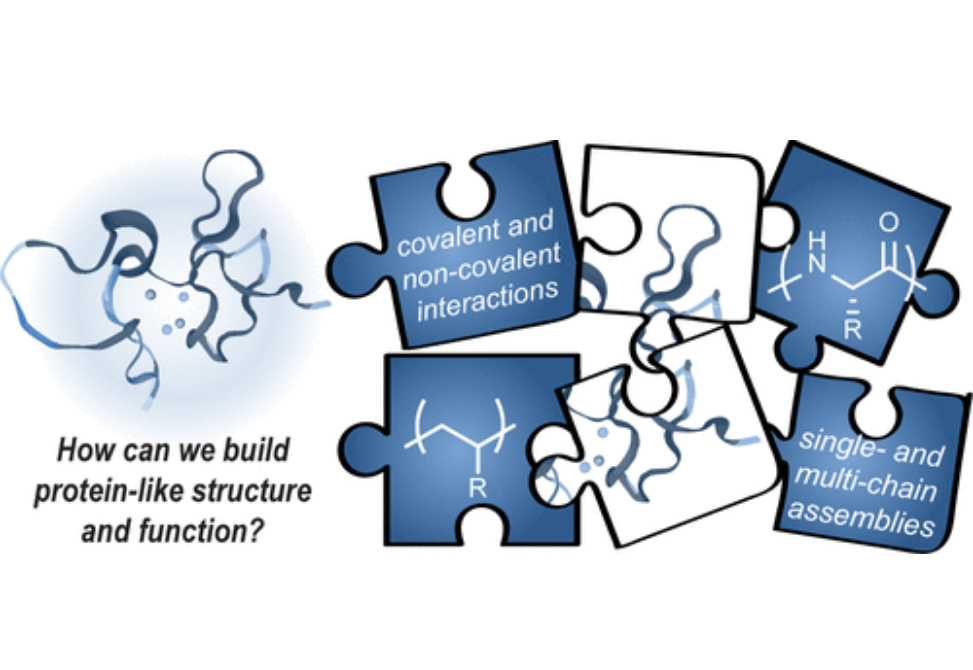Protein-Mimetic Self-Assembly with Synthetic Macromolecules
Abstract
Protein-mimetic amphiphiles have significant promise as a platform to access the complex functions of natural biological materials and incorporate the tunability and environmental resilience of synthetic materials. The fields of polymer chemistry and chemical biology have concurrently approached the development of biomimetic amphiphiles with materials ranging from random amphiphilic copolymers to peptide–lipid conjugates. In this Perspective, we incorporate strategies from diverse chemical arenas for controlling assembled morphologies and dynamics of protein-mimetic synthetic macromolecules. An overview of significant advances in peptide amphiphiles and single-chain polymer nanoparticles provides the foundation for comparing recent advances in the implementation of multiple intermolecular interactions and computational strategies to fine-tune the assembled structures. We aim to bridge these fields, combining insights from multiple disciplines to inspire new approaches for the development of protein-mimetic materials, as these assemblies have far-reaching applications including in the development of new sensors, catalysts, and therapeutics.
Citation
Protein-Mimetic Self-Assembly with Synthetic Macromolecules
Meredith H. Barbee, Zoe M. Wright, Benjamin P. Allen, Hailey F. Taylor, Emily F. Patteson, and Abigail S. Knight
Macromolecules 2021 54 (8), 3585-3612
DOI: 10.1021/acs.macromol.0c02826


